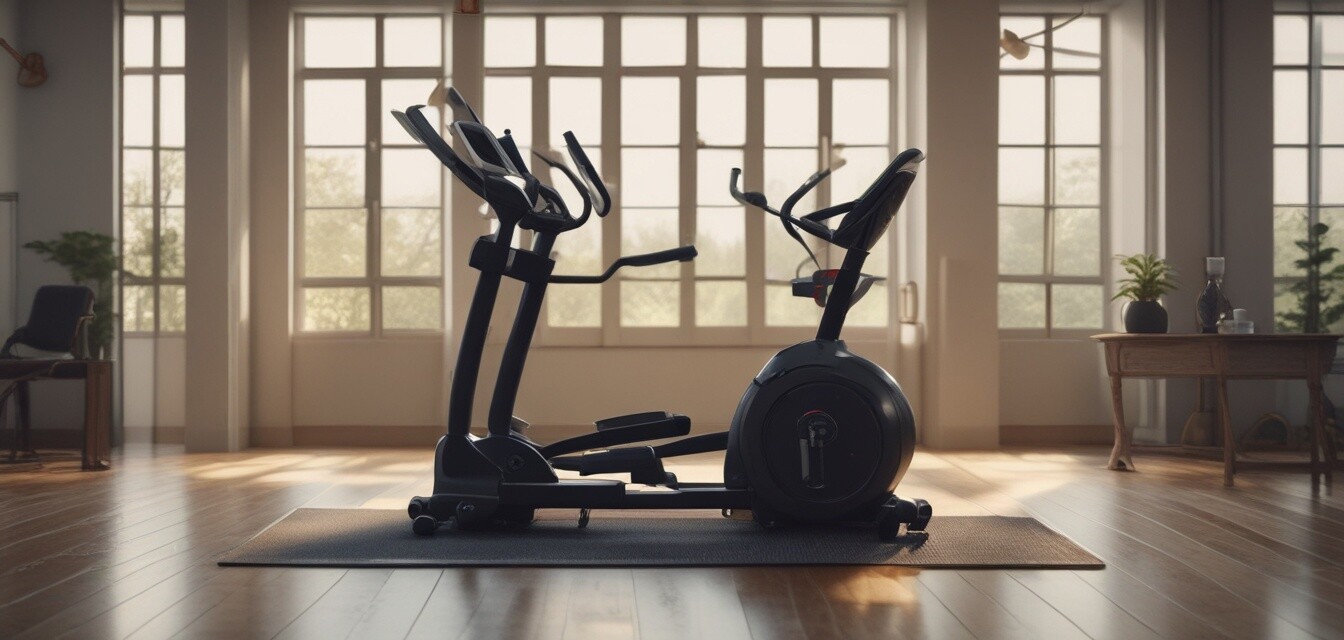
Techniques for Breathing During Workouts
Key Takeaways
- Breathing properly can enhance performance and endurance.
- Different workout types may require different breathing techniques.
- Incorporating breathing exercises can aid in recovery.
- Practice mindfulness to help with breath control during workouts.
Effective breathing techniques play a vital role in maximizing performance during workouts. Proper breath management can enhance endurance, support recovery, and improve overall workout effectiveness. In this article, we'll explore various breathing techniques you can implement during different types of workouts to achieve better results from your fitness routine.
Why is breathing important during workouts?
Breathing is essential for supplying oxygen to the muscles and removing carbon dioxide. The right breathing techniques can improve oxygen flow, enhance stamina, and provide a sense of calm during intense physical activity. Let's delve into different techniques that can be applied across various types of workouts.
Breathing techniques for specific workouts
1. Cardio exercises
During cardiovascular exercises, maintaining a consistent breathing rhythm is crucial for endurance. Here are some effective techniques:
- Inhale through the nose, exhale through the mouth: This technique helps regulate breath, especially during intense bursts of energy.
- Count your breaths: Try a 2:1 or 3:1 breathing pattern. For instance, inhale for two steps and exhale for one step while running. This pattern can help manage your breath during longer cardio sessions.
2. Strength training
Breathing during strength training not only helps lift weights but also controls your body under strain:
- Exhale on exertion: Breathe out when you're lifting or pushing weights. For example, exhale when you push the barbell away and inhale when lowering it back down.
- Inhale during controlled movements: Inhale slowly and carefully during the lowering phase, helping to maintain stability and control.
3. Yoga and stretching
Breath control is a fundamental aspect of yoga and mindful stretching practices:
- Deep belly breathing: Allow your diaphragm to fill with air, promoting better oxygen intake and relaxation.
- Sync breath with movement: Coordinate your breath with your movements, inhaling during expansion and exhaling during contraction. This practice enhances focus and improves flexibility.
Incorporating breathing exercises
To improve your workout performance, consider integrating specific breathing exercises into your routine:
- Diaphragmatic breathing: Lying down or sitting comfortably, place one hand on your chest and the other on your belly. Inhale deeply through your nose, allowing your belly to rise, then exhale slowly through your mouth.
- Pursed lip breathing: Inhale through the nose for a count of two, then exhale slowly through pursed lips for a count of four. This technique can help control breath flow and is beneficial after high-intensity workouts.
Common mistakes to avoid
While focusing on breath, it's important to avoid a few common mistakes:
- Holding your breath: Remember to breathe consistently; watch for signs of breath-holding, especially during exertion.
- Irregular breathing: Stay aware of your breath pattern. Aim for rhythmic and controlled breathing to maintain oxygen flow.
Conclusion
Mastering breathing techniques can take your workouts to the next level, enhancing performance, endurance, and recovery. By adapting your breathing style according to the type of workout and practicing mindful breathing exercises, you can significantly improve your fitness journey.
Tips for effective breathing during workouts
- Prioritize breath training as a part of your overall workout routine.
- Practice mindfulness or meditation to improve breath awareness.
- Focus on proper posture to facilitate easier breathing.
- Stay hydrated to assist in maintaining breath control.
Pros
- Improved endurance
- Enhanced focus and concentration
- Better oxygen flow to muscles
- Increased relaxation during workouts
Cons
- May take time to master proper techniques
- Can be challenging to maintain focus in high-intensity sessions
For more tips on how to enhance your fitness journey, check out our Tips and Advice section. To explore essential equipment for home workouts, visit our Home Gym Essentials page, or discover our range of Smart Fitness Gadgets designed to elevate your performance.
Finally, for advice on how to choose the right fitness gear, don't forget to look at our Buying Guides.